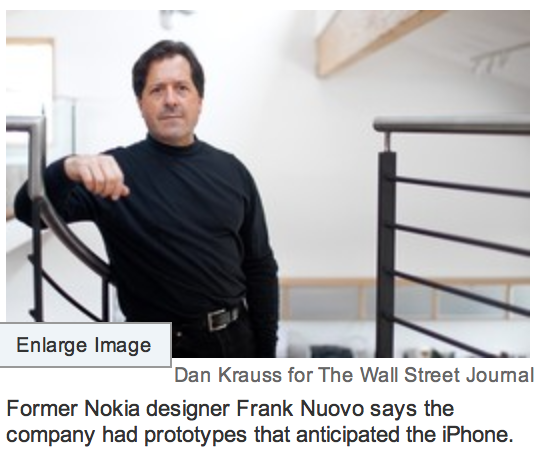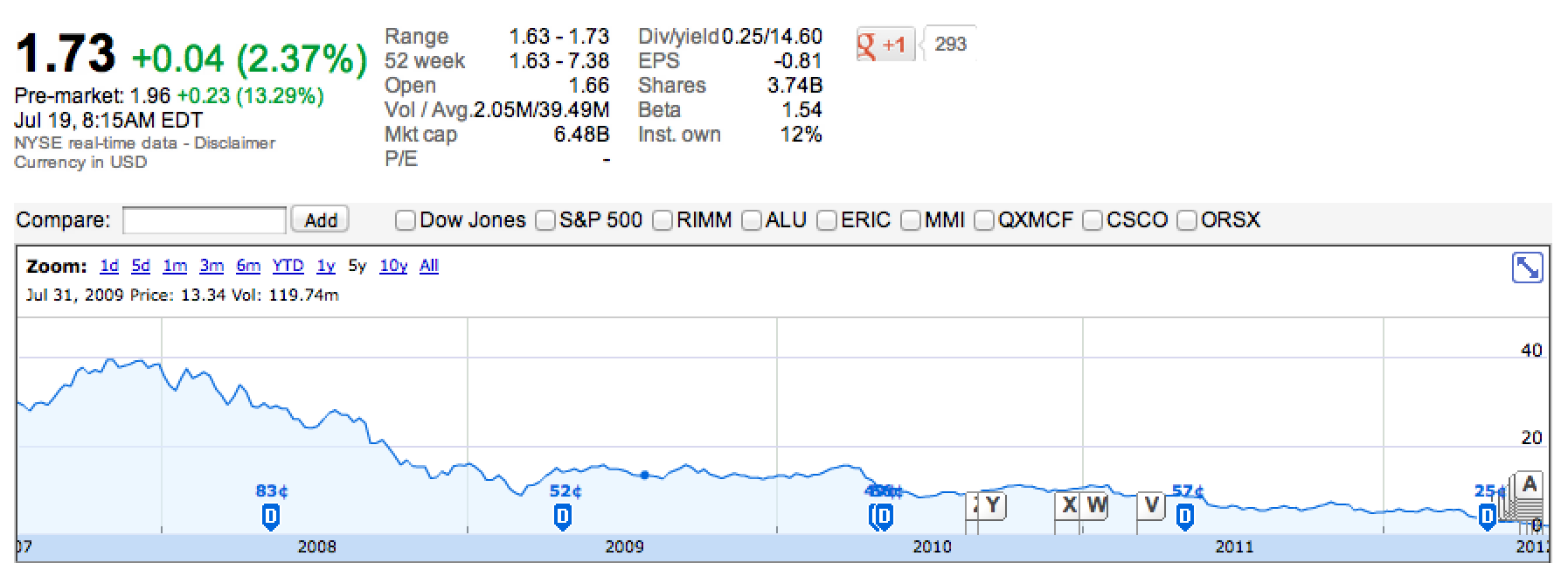The Wall Street Journal, MapChoice, Instagram, StubHub, Path, MapQuest, HopStop Transit, deals, more


Just Released:
MapChoice | $0.99: A new app just released on the App Store provides you with access to both Apple’s new Maps and Google Maps in a single app. Your position will transfer from one map to the other, and it also includes StreetView and Foursquare integration.
MapChoice gives you a choice between old and new maps. You can also view Street View and search using FourSquare.
Updated:
![]() Instagram version 3.4.0 | FREE: Instagram gets updated today with support for 25 languages, a new “Mayfair” filter, Facebook iOS 6 integration, and more.
Instagram version 3.4.0 | FREE: Instagram gets updated today with support for 25 languages, a new “Mayfair” filter, Facebook iOS 6 integration, and more.
– Instagram is now available in 25 languages!
– New filter: Mayfair
– Share photos from any album
– Facebook iOS 6 integration
– Improved performance and bug fixes
The Wall Street Journal version 5.0 | FREE: The Wall Street Journal just updated its iOS app, moving content on iPhone and iPad to Apple’s Newsstand and providing users with automatically updated issues each morning. WSJ will now offer in-app subscriptions, billing users directly to their iTunes accounts monthly. The updated app also includes Alerts for breaking news.
Newsstand & Alerts
– WSJ is now in Newsstand! Get new issues automatically delivered to your device overnight. To use Newsstand, tap ‘Allow’ when prompted.
– Note: WSJ App icon will now appear in the Newsstand Folder.
– Breaking News Alerts from WSJ. To get alerts, tap ‘Allow’ when prompted.
In-App Subscriptions
 – Purchase a monthly subscription to WSJ through your iTunes account. With a digital subscription you get access to iPad, iPhone, WSJ.com and more.
– Purchase a monthly subscription to WSJ through your iTunes account. With a digital subscription you get access to iPad, iPhone, WSJ.com and more.
StubHub version 4.1.0 | FREE: The StubHub iOS app gets updated with more interactive seat maps, the ability to see your view before buying tickets, iPhone 5 support, and more:
• Interactive seat maps for certain football and basketball games: filter ticket listings by section
• View from section: see the view from your section before you buy (for many events)
• iPhone 5 support
• Improved sharing (Twitter, Facebook, and text messaging)
• Ability to add events to your calendar
• User interface enhancements
• You can now send maps and routes from mapquest.com to your phone and open them in the MapQuest App
Tentacles: Enter the Dolphin | $0.99: Microsoft’s previously Windows Phone-only title gets iPhone 5 support and new features:
Expand
Expanding
Close
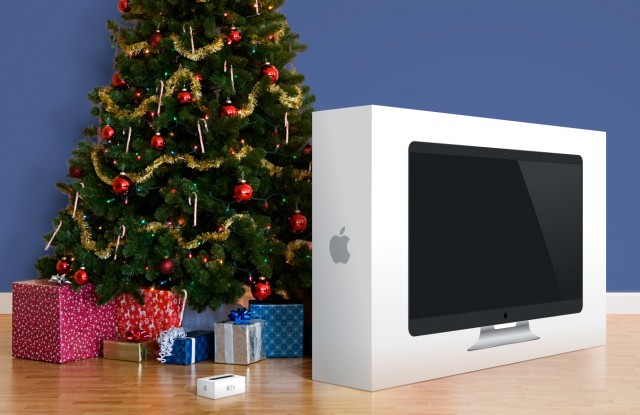
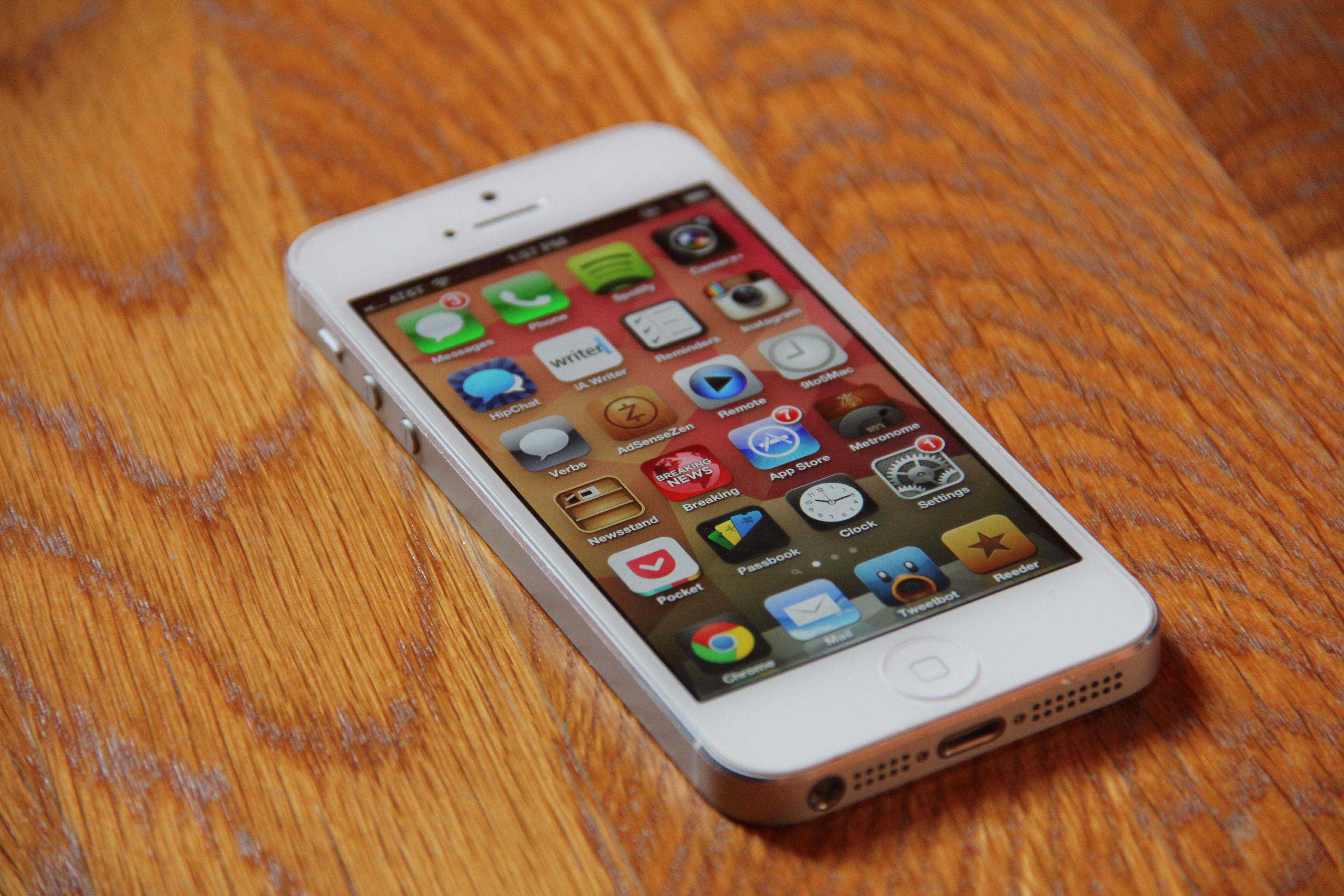

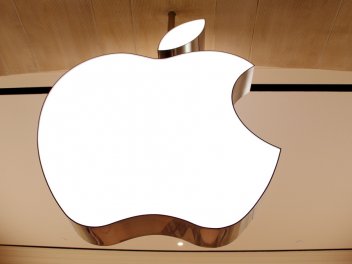
 According to
According to 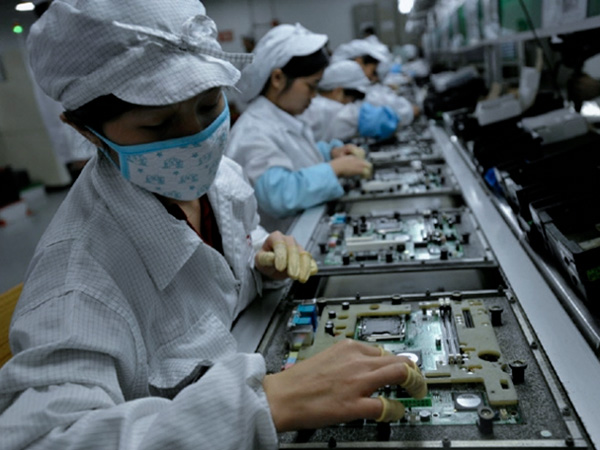
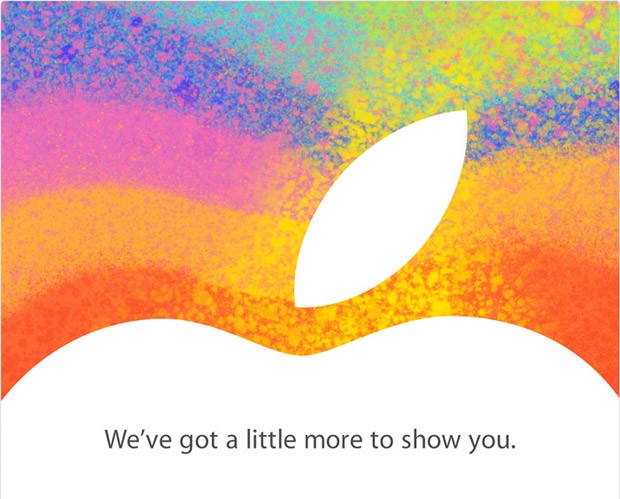

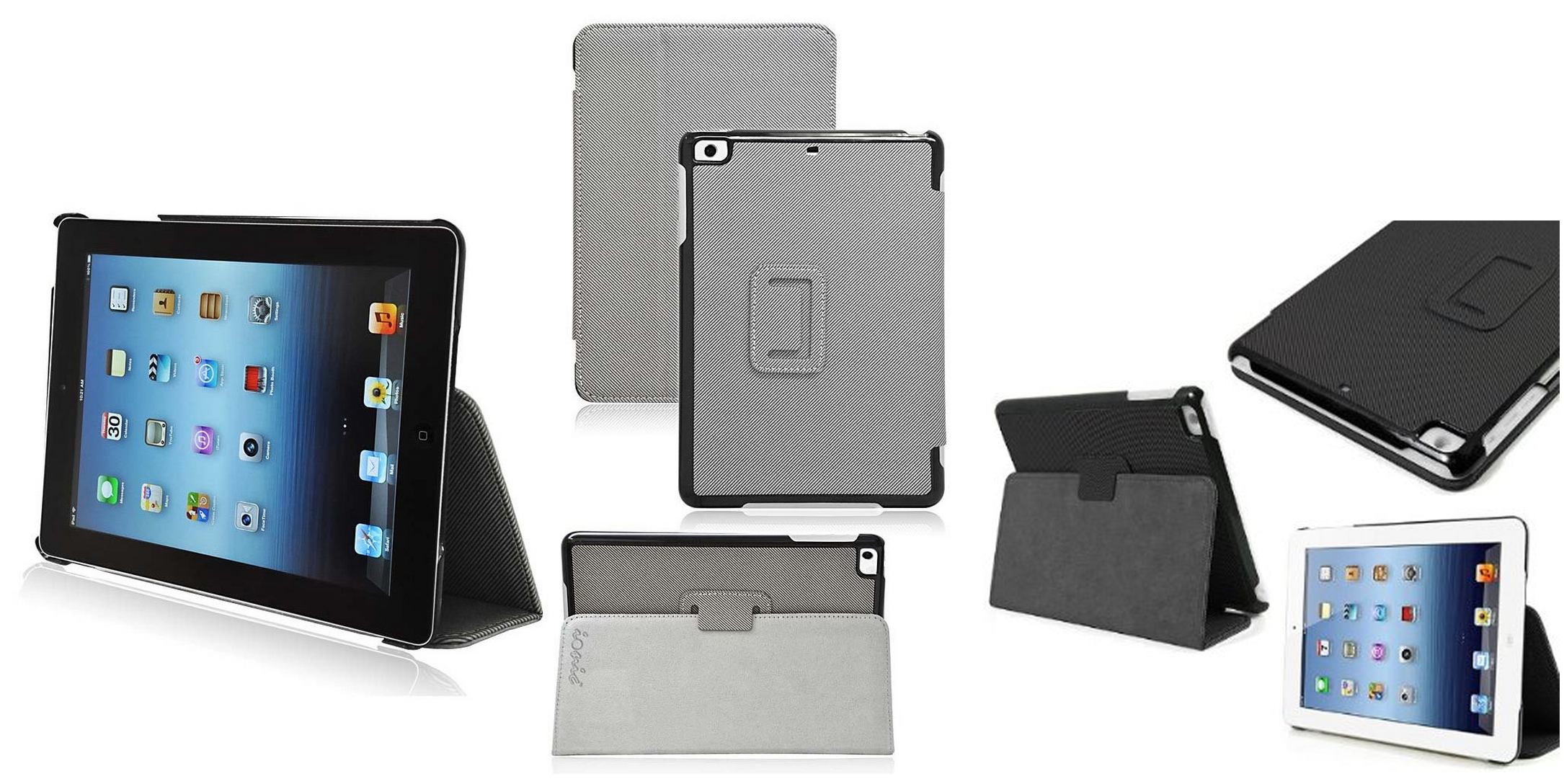

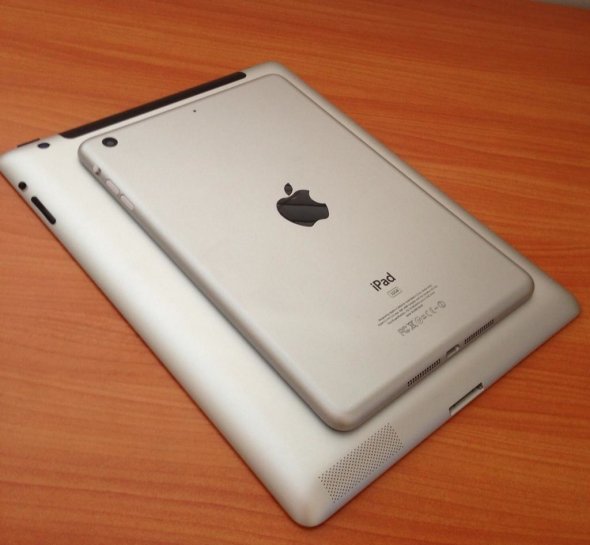
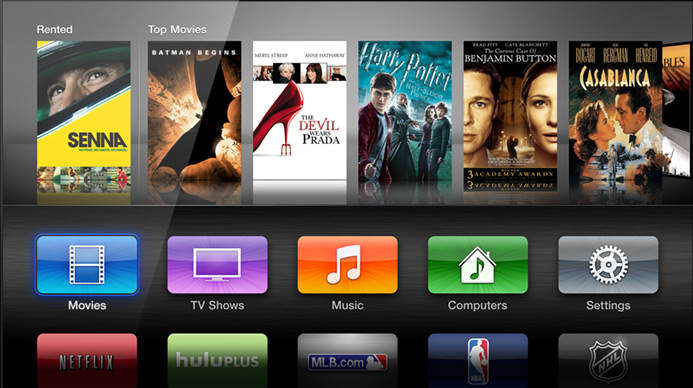
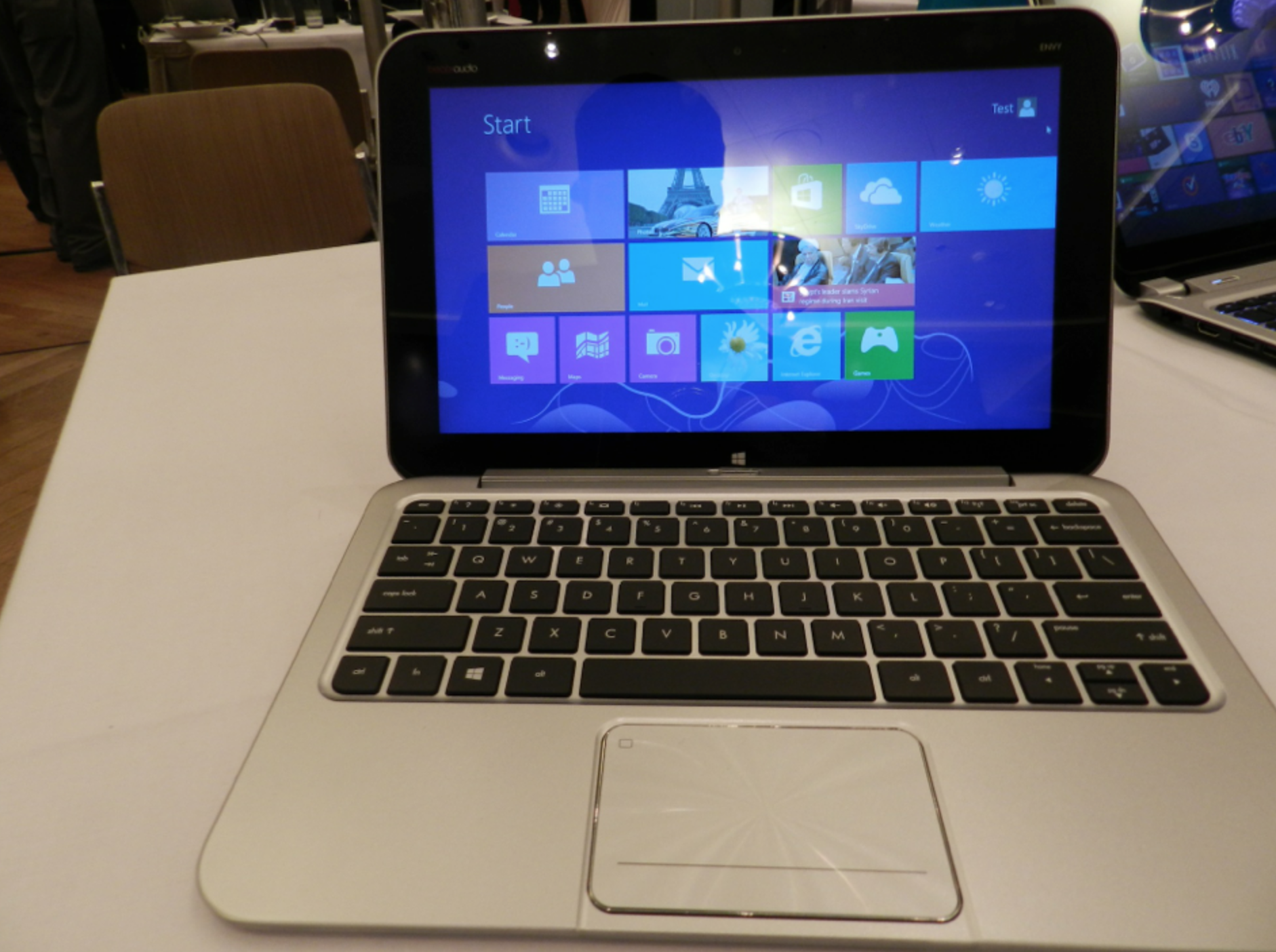
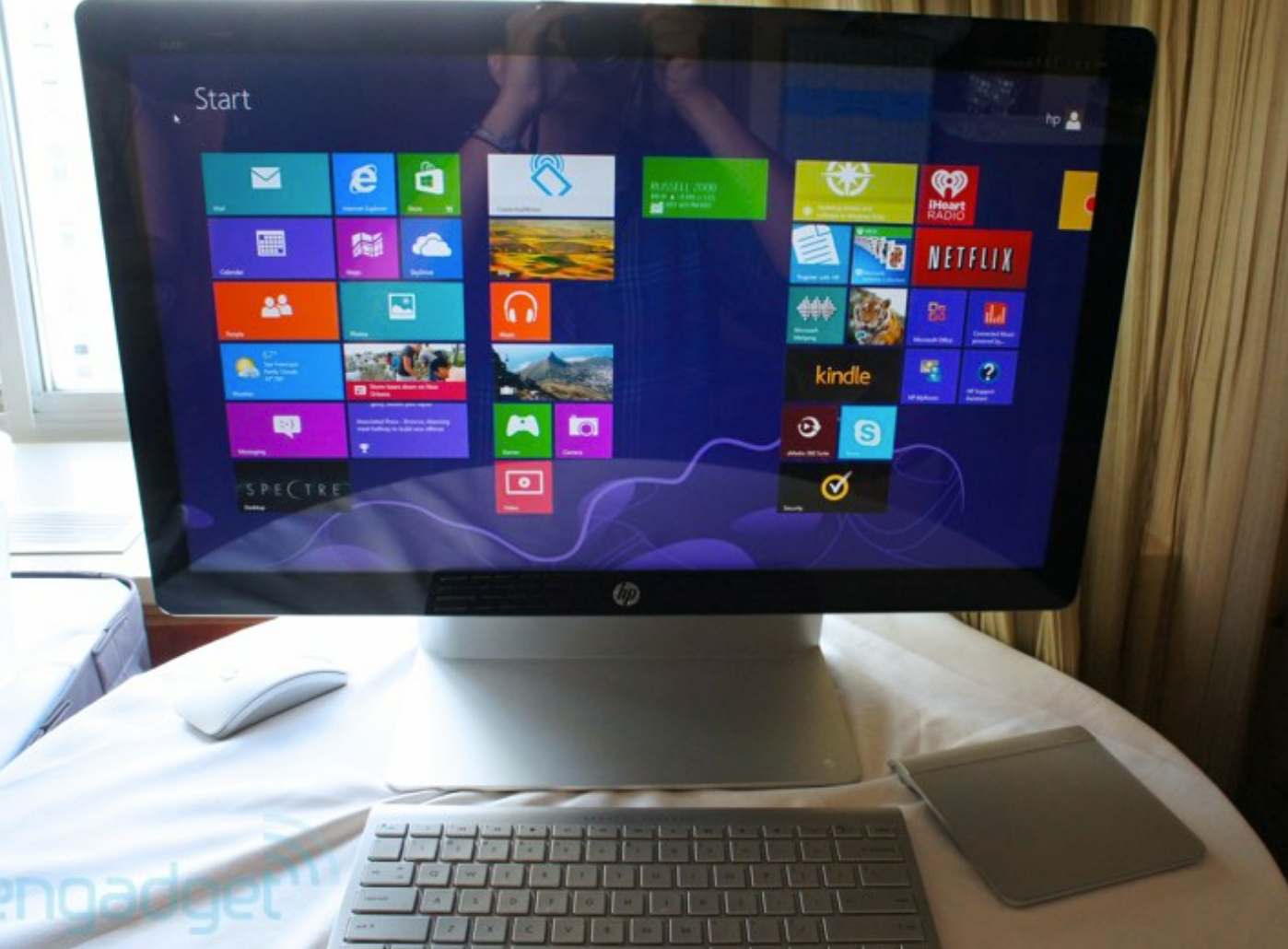
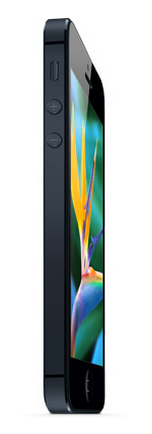 After
After 






